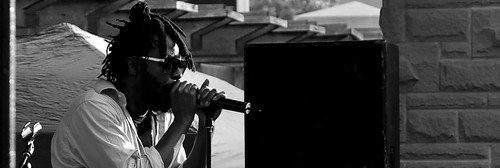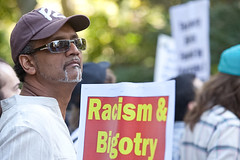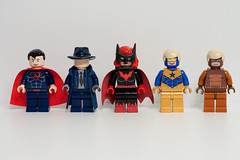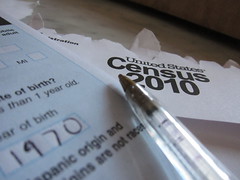Today, it is not uncommon for children to regularly take prescription medicine. To some, this is normal. Others question what has been deemed a disorder and corresponding treatment. “The Prescription of a New Generation” (Contexts, Spring 2008) takes a closer look at these and related issues. Here are some questions to help students think about normalcy, disorders, and medicine today.
1) Discuss how medical “breakthroughs” like the anti-depressants described in this article or the introduction of a drug like Latisse (which is supposed to treat short eyelashes) are changing ideas of normalcy and self-identity. Is there a stigma attached to either taking such medications or seeking alternative treatments?
2) The article says that we spend more time and effort getting people onto medications than off of them. What social functions do medications serve?
3) Near the end of the article, a student questions whether ADD and ADHD are actual problems or normal responses to the increasing—and sometimes overwhelming—demands of work and school. What do you think?
ACTIVITY: Find examples online or in the mainstream media where drugs or medications are being advertised. How do these ads explain and promote their products? To what extent do you think pharmaceutical companies help define “normal” behaviors and states?
Questions and activities like these will be featured in the upcoming Contexts Reader!











